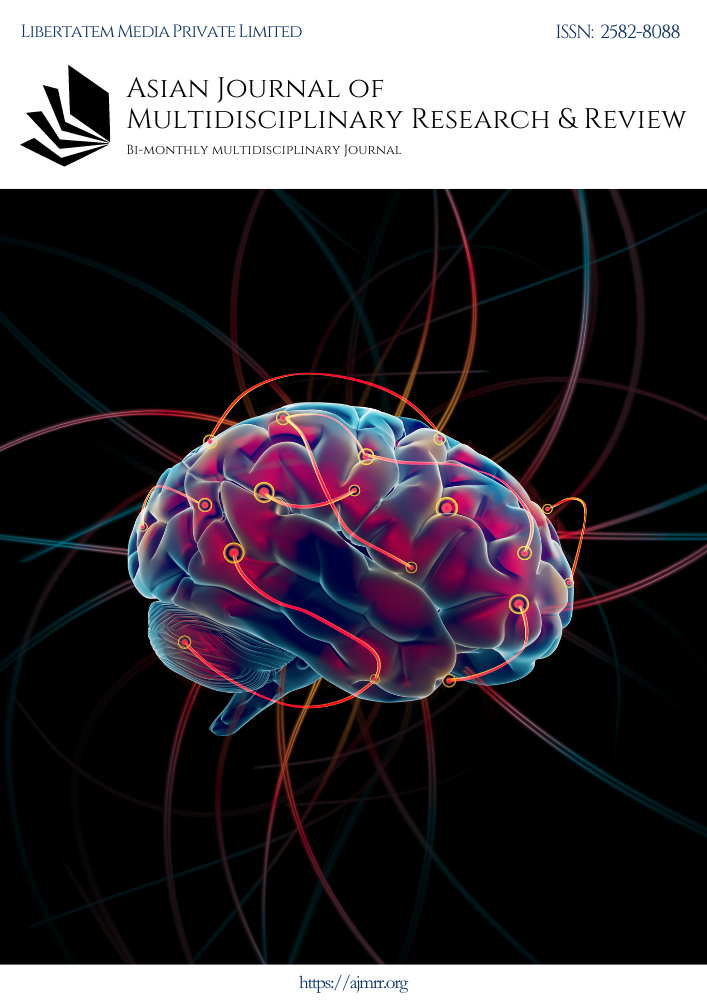CHALLENGES RELATING TO THE DETERMINATION OF CAUSE OF ACTION IN THE DIGITAL ENVIRONMENT
Keywords:
Challenges, DeterminationAbstract
Not everyone who has suffered loss, damage or injury due to copyright infringement in the digital environment may claim against a person or organization they believe is the cause of their harm, a cause of action is required. A cause of action is the technical legal name for the set of facts which give rise to a claim enforceable in court. It is a legally recognized wrong that creates the right to sue. Each cause of action consists of points the plaintiff (copyright owner) must prove and all of these elements must be satisfied in order to take court action. A cause of action or right of action, in law, is a set of facts sufficient to justify suing to obtain money or property, or to justify the enforcement of a legal right against another party. A cause of action may arise from statute (like provisions of the Berne Convention and related laws on copyright) or from the common law. The common law has evolved gradually over time, and is law made by judges when they give their judgment on a case brought before them. This process has led to the development of various causes of action which may be used to bring an action in the courts. Which court will hear your case depends on the type of cause of action. So it is suggested that, rules applicable to normal courts can be used to determine which cause of actions apply in the digital environment for infringement.
Downloads
Downloads
Published
Issue
Section
License

This work is licensed under a Creative Commons Attribution-NonCommercial-ShareAlike 4.0 International License.
License Terms
Ownership and Licensing:
Authors of research papers submitted to the Asian Journal of Multidisciplinary Research & Review (AJMRR) retain the copyright of their work while granting the journal certain rights. Authors maintain ownership of the copyright and grant the journal a right of first publication. Simultaneously, authors agree to license their research papers under the Creative Commons Attribution-ShareAlike 4.0 International (CC BY-SA 4.0) License.
License Permissions:
Under the CC BY-SA 4.0 License, others are permitted to share and adapt the work, even for commercial purposes, as long as proper attribution is given to the authors and acknowledgment is made of the initial publication in the Asian Journal of Multidisciplinary Research & Review. This license allows for the broad dissemination and utilization of research papers.
Additional Distribution Arrangements:
Authors are free to enter into separate contractual arrangements for the non-exclusive distribution of the journal's published version of the work (e.g., posting it to institutional repositories or publishing it in books), provided they acknowledge the initial publication of the work in the Asian Journal of Multidisciplinary Research & Review.
Online Posting:
Authors are encouraged to share their work online (e.g., in institutional repositories or on personal websites) both prior to and during the submission process to the journal. This practice can lead to productive exchanges and greater citation of published work.
Responsibility and Liability:
Authors are responsible for ensuring that their research papers do not infringe upon the copyright, privacy, or other rights of any third party. The Asian Journal of Multidisciplinary Research & Review disclaims any liability or responsibility for any copyright infringement or violation of third-party rights in the research papers.



